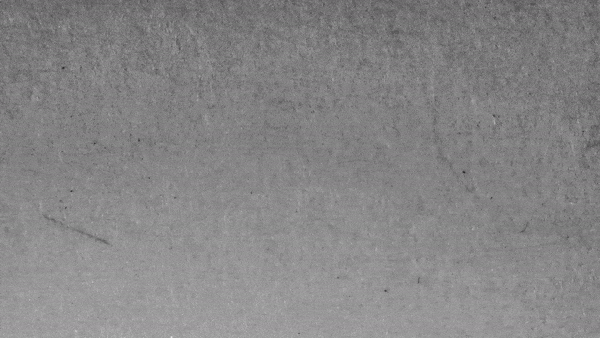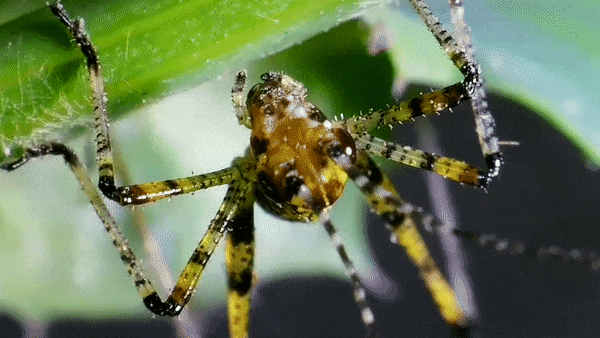Hello folks who order a small serving of guacamole only so that they can finish an entire basket of tortilla chips,
We all leave a trace behind no matter where we go. Whether it is the case of spousal homicides for a big fat life insurance payout or a revenge homicide, the killer always leaves a trace of their presence at the scene of the crime. Examples can range from fingerprints, shoe prints, hair, textile fibers or other DNA evidence. Or a more benign case of a person on a long road trip surviving solely on Taco Bell fare leaving their presence known at every gas station restroom they stop at.
For a long time, I knew that insects and other creepy crawlies use claws on the end of their legs to help them clasp onto surfaces. Shown below is the tarsal claw of a desert stink beetle.
Now, we all know that any material will easily scratch if a sharp object rubs against it, like the case of a teasing needle on a piece of paper.
So that should imply that everywhere these insects are crawling should result in micro-scratches on the surfaces they are walking on. It took a while but I got to capture that phenomenon recently.
Below is a Mediterranean Katydid (katydids are closely related to crickets) nymph on a Sow Thistle. Observe the scratches on the stem of the sow thistle caused by the claws of the Katydid.
One behavior you will often see insects spend a lot of their time on is grooming. Grooming different parts of their body like the antennae and legs help keep them clean and also their senses sharp. Below is the same katydid cleaning its legs one at a time trying to get rid of its fingerprints before the detectives find out who scratched the plant stem. Amateur criminal.






No comments:
Post a Comment
Did you learn something new in this post? Let us know in the comments below